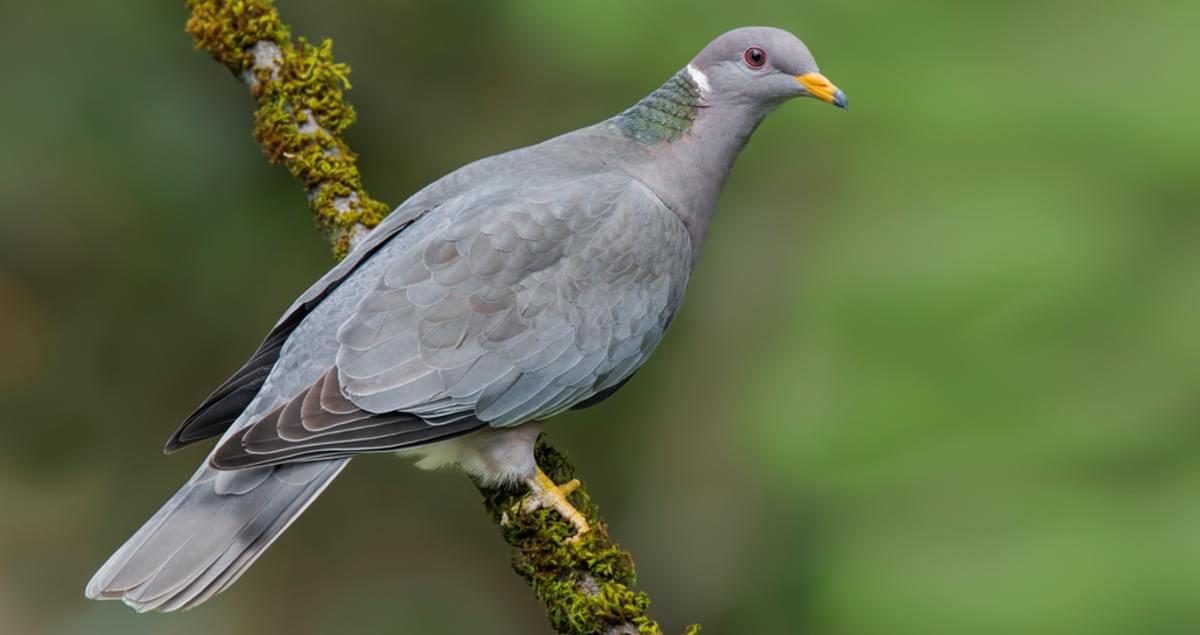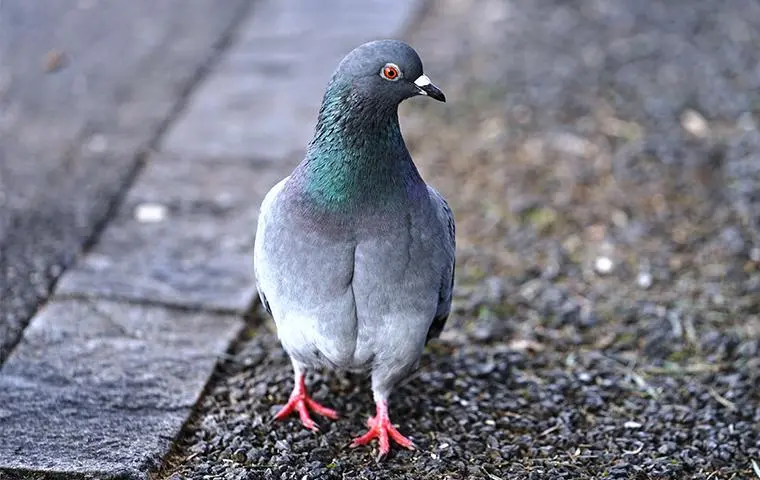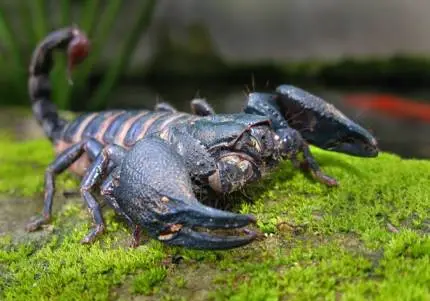In recent years, pigeon proliferation has become such a problem in cities worldwide, such as Las Vegas and New York, that they are commonly regarded as parasites, placing them on the same level as rodents, mice, and insects like termites and cockroaches.
City people have polarized viewpoints on urban pigeon populations. Some adore the birds and go out of their way to feed them. Others despise them and have no difficulty categorizing them as vermin. Regardless of how they feel about them, city residents must contend with substantial pigeon populations. Here are the reasons pigeon populations around Las Vegas and other communities have exploded:
Natural Habitat
According to a Las Vegas pigeon removal service, pigeons have found their way to every corner of the globe, although they are not indigenous to these areas. Charles Darwin elucidated the extraordinary resilience and adaptability of pigeons in his world-famous work ‘On The Origin Of Species’, in which he laid out his theory of evolution and natural selection. Indeed, Darwin was fascinated by how more than 300 pigeon species arose from a single one.
Before humans began with agricultural and industrial endeavors, rock pigeons would nest along cliffs, predominantly along littoral areas. Their lifespans were brief due to severe living conditions until these cunning creatures discovered that there were simpler methods to survive. They began to follow human settlement patterns, seeking secure nesting locations that afforded them more protection from natural predators.
Once humans began to reside in cities with large structures, pigeons discovered the ideal habitat. They could nest in the rafters of such structures or on their roofs, securely hidden away from peril. Pigeons adapted to a new natural habitat, densely filled with utilities and protections that made breeding conditions favorable. The temperate Las Vegas climate suits pigeons admirably.
Reproductive Practices

Pigeons residing in urban locations reproduce more frequently than their rural counterparts. Life in the field still presents a substantial hazard to pigeons. However, urban-dwelling pigeons are prolific breeders as there is nothing to interrupt their reproductive habits. Pigeons mate for life and are ready to start reproducing from the age of six months.
An average pigeon partner residing in an urban location could breed as many as eight times a year. Most female pigeons deposit and birth two offspring each time they reproduce. That means that one couple could be responsible for adding 16 pigeons to the local population annually. Within six months of their delivery, each of those 16 pigeons is ready to start producing another 16 pigeons. At this reproduction rate, the reasons for pigeon population explosions in city centers become self-evident.
Experts believe that the most effective method to bring pigeon populations under control is by interrupting the reproductive cycle. Therefore, pigeon birth control products are incorporated into a flock’s food supply. This causes females to deposit eggs that fail to develop and can reduce the number of pigeons in an area by up to 50% within a year.
Read Also: The Impact of Space on Elephants' Lives
Food and Water Supply
Pigeons are thriving on simple pathways in urban centers. They have convenient access to food and water as they are expert scavengers. From discarded wiener buns to stagnant pools of water, pigeons have their dietary requirements met by the humans they share a living space with. These birds are not above rummaging through open waste cans in their pursuit for sustenance, and nothing seems to interfere with their digestive systems.
An abundance of food, water, and secure lodging locations create optimal reproductive conditions, and pigeons take advantage of them by reproducing in significant numbers, as mentioned before. Cities provide all these necessities, facilitating overbreeding and its consequent population expansion.
Lack of Predators

Like all animals, pigeons form part of a food chain, having natural predators that pursue them. Pigeons are ill-equipped to fight off predators, with their only defense mechanism being to fly away. This is not an effective strategy when coping with aerial predators, such as falcons, raptors, and owls.
A pigeon’s land-bound predators include foxes, ferrets, snakes, and raccoons. However, these animals do not tend to make urban areas their preferred habitat. They tend to migrate on to other locations once human habitation takes over a location. Those that do not are captured or slain to keep them away from human settlements. Since pigeons are not indigenous to all areas, there is often a lack of natural predators to keep the population numbers down at acceptable levels.
Navigation
Pigeons have potent navigational instincts so well-defined that armed forces used them to convey communications during the First and Second World Wars. They use these abilities to return to their domicile even after being captured and released a long distance away.
Indeed, pigeons are such excellent navigators that pigeon racing and homing have become popular diversions in many countries worldwide. Their ability to turn up again like poor pennies makes them a challenge to get clear of.







